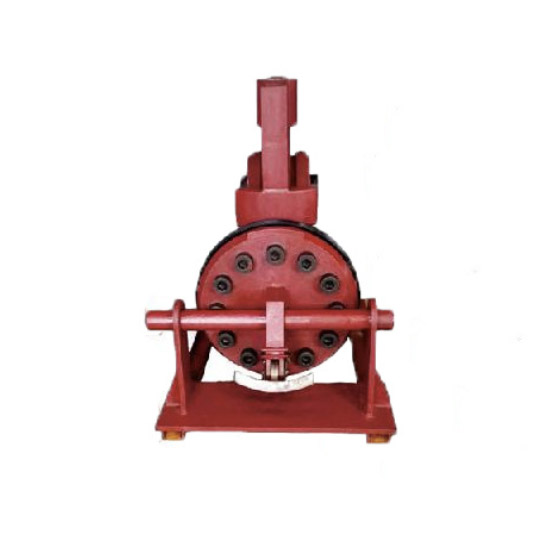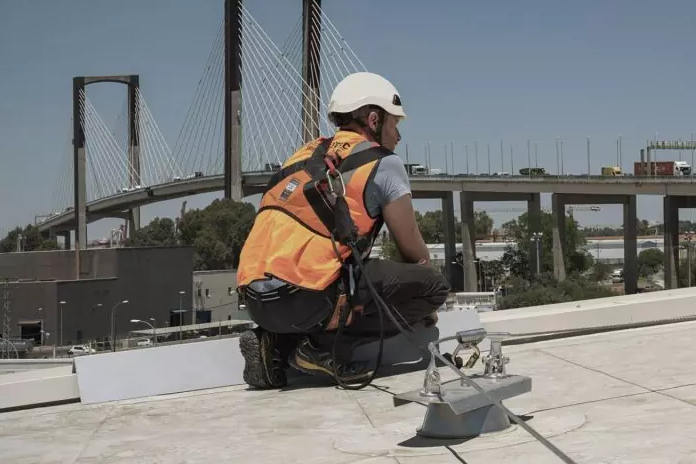In today’s fast-paced world, building owners and facility managers are constantly looking for ways to increase operational efficiency, reduce costs, and improve the comfort of occupants. With rising energy prices and growing environmental concerns, the pressure to adopt smart solutions has never been higher. One such solution that is gaining popularity is the building automation system (BAS). This innovative technology can transform your facility by streamlining processes, optimizing energy usage, and significantly improving overall efficiency.
In this article, we’ll explore how a building automation system can revolutionize your facility’s efficiency, the key benefits it offers, and how to get started. We’ll also highlight how companies like Advancer Smart Technology Pte Ltd. are leading the charge in bringing these cutting-edge solutions to businesses.
What Is a Building Automation System (BAS)?
A building automation system (BAS) refers to the use of automated technology to manage a building’s infrastructure, such as lighting, HVAC (heating, ventilation, and air conditioning), security systems, and even energy usage. It integrates various functions into one cohesive system that can be controlled and monitored remotely, providing real-time insights and automation based on preset conditions.
A building automation system can be used for both commercial and residential buildings, offering benefits ranging from energy conservation to enhanced operational performance. While traditional building management systems are often reactive, a BAS offers proactive, data-driven management, which enables smarter decision-making and more efficient use of resources.
Key Benefits of a Building Automation System for Facility Efficiency
The implementation of a building automation system offers a wide array of benefits that can dramatically improve the efficiency of any facility. Let’s dive into some of the key advantages:
Energy Efficiency & Cost Savings
One of the most significant benefits of a building automation system is its ability to improve energy efficiency. By automating the operation of lighting, HVAC systems, and other utilities, a BAS helps to reduce wasteful energy consumption. For example, the system can adjust lighting levels based on occupancy or natural light, and it can optimize heating and cooling systems based on real-time occupancy data.
In the long term, these energy-saving measures translate into substantial cost savings. Facilities equipped with a building automation system can lower their utility bills significantly while simultaneously reducing their environmental footprint.
Improved Occupant Comfort
A building automation system does more than just improve operational efficiency; it also enhances the experience of those who occupy the building. With a BAS, environmental factors such as temperature, humidity, and lighting can be automatically adjusted to meet the preferences of the occupants. For example, in office buildings, the system can ensure optimal lighting and temperature levels for employees, leading to a more comfortable and productive work environment.
This level of automation ensures that comfort is consistently maintained, without requiring constant manual adjustments, which further improves overall efficiency.
Enhanced Equipment Longevity
A building automation system doesn’t just control energy usage; it also plays a key role in maintaining the health and longevity of building equipment. Predictive maintenance is one of the core functionalities of BAS. Through sensors and data analytics, a BAS can detect potential issues with equipment, such as HVAC systems, before they lead to expensive repairs or replacements.
By monitoring performance in real-time, the system allows for timely interventions that keep equipment running smoothly and prevent costly breakdowns. This proactive approach to maintenance ultimately extends the lifespan of building systems and reduces downtime.
Streamlined Operations
Facilities often rely on a variety of manual processes to maintain daily operations. A building automation system automates many of these tasks, allowing facility managers to focus on more strategic functions. For example, lighting can be automatically adjusted based on the time of day or occupancy, and HVAC systems can be programmed to operate according to schedules that align with building usage.
The automation of routine tasks saves time and reduces the need for human intervention, resulting in smoother, more efficient operations.
How a Building Automation System Works in Real Life
To understand how a building automation system operates, imagine a typical day in a facility equipped with this technology.
Morning: As employees start to arrive at work, the BAS detects movement in the building and automatically turns on the lights and adjusts the temperature to the optimal settings for comfort. The HVAC system kicks in, adjusting airflow and temperature based on the building’s occupancy levels.
Afternoon: During the day, as the sun’s intensity changes, the lighting system dims or brightens to compensate for natural light, ensuring that the workspace remains comfortable without excessive energy consumption. The BAS also monitors temperature and humidity, making small adjustments to maintain ideal conditions.
Evening: As the workday comes to an end, the system detects the absence of people and begins to gradually reduce lighting and adjust HVAC settings to save energy. The security system is activated, ensuring that all access points are secure.
All of these processes are controlled by the building automation system, which is continuously gathering data and optimizing building operations.
Integration with IoT and Smart Building Technologies
A modern building automation system often integrates with the Internet of Things (IoT) and other smart building technologies. These integrations enhance the capabilities of the BAS, making buildings smarter and more responsive.
For example, sensors connected to the BAS can detect environmental changes, such as temperature or air quality, and automatically adjust systems to optimize comfort and efficiency. Real-time data is collected and analyzed, giving building managers valuable insights into building performance. Cloud-based platforms allow for remote monitoring and management, enabling facility managers to make real-time adjustments and ensure everything is functioning smoothly.
By leveraging IoT-enabled devices, a building automation system provides a truly integrated and connected building environment, making it possible to monitor and control all aspects of the facility with ease.
Industry Use Cases: Who Benefits the Most from BAS?
A building automation system can benefit a wide range of industries and facility types, including:
- Office Buildings: BAS improves comfort, reduces energy consumption, and helps businesses meet sustainability goals.
- Hospitals & Healthcare Facilities: BAS optimizes HVAC systems to maintain patient comfort while ensuring energy efficiency and safety.
- Educational Institutions: Universities and schools benefit from reduced operational costs and improved learning environments.
- Hotels & Hospitality: BAS ensures that guest rooms are always at the right temperature and lighting while maintaining energy efficiency.
- Manufacturing & Industrial Sites: BAS improves equipment management, reduces downtime, and streamlines operations.
For businesses looking to implement a BAS, Advancer Smart Technology Pte Ltd. offers expert consultation and advanced solutions that cater to the specific needs of various industries.
Challenges & Considerations When Implementing a BAS
While a building automation system offers numerous advantages, there are challenges that facility managers need to consider before implementing one. The initial investment cost can be significant, although the return on investment (ROI) is typically realised through long-term savings on energy bills and maintenance costs.
Integration with existing systems may also pose a challenge, especially in older buildings with legacy systems. It’s important to work with an experienced provider, like Advancer Smart Technology Pte Ltd., who can help ensure seamless integration and minimise disruptions during installation.
How to Get Started with a Building Automation System
To implement a building automation system, the first step is to assess your building’s current infrastructure and determine your needs. Set clear goals, such as reducing energy consumption, improving occupant comfort, or extending equipment life. Then, work with an experienced BAS provider to design and implement the system.
Gradual implementation may be an option for larger facilities, but it’s crucial to ensure that all systems are integrated properly for maximum efficiency.
Future-Proofing Your Facility with Building Automation
A building automation system is no longer a luxury but a necessity for modern facilities aiming to improve efficiency, reduce costs, and ensure optimal occupant comfort. As the world continues to embrace smart technologies, adopting a BAS will future-proof your building, ensuring that it remains competitive and environmentally responsible.
Partnering with companies like Advancer Smart Technology Pte Ltd., who are experts in building automation, can help you navigate the complexities of BAS implementation and realise the full potential of your facility. Take the first step towards a smarter, more efficient building today!















